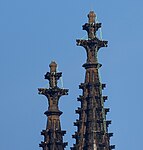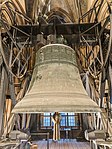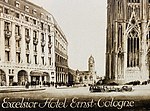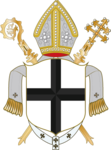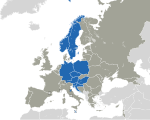Cologne Cathedral quarter
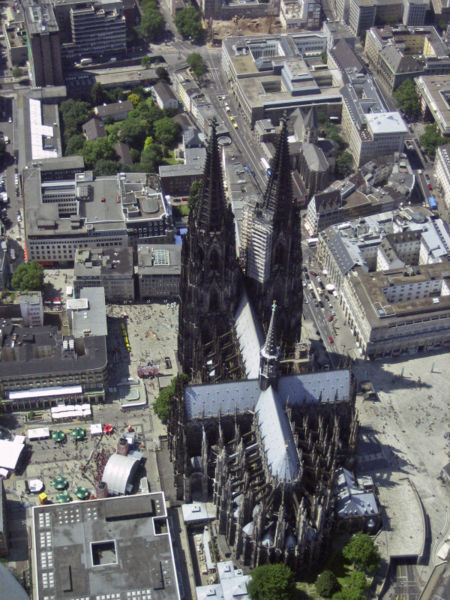
The Cologne Cathedral quarter (German: Domumgebung) is the area immediately surrounding Cologne Cathedral in Cologne, North Rhine-Westphalia, Germany. When the Gothic cathedral was built, it was closely surrounded by houses and smaller churches. When the cathedral was completed in 1880 as a national symbol, it was freed from adjacent structures and stood isolated, unhampered by traffic. After the inner city was destroyed in World War II, it was rebuilt, with a pedestrian area connecting to the cathedral. In 1970, the Domplatte was constructed as a large concrete surface without steps around the cathedral, which became the location of major open-air events such as Carnival and pop concerts. The design of the cathedral surroundings has remained a challenge for urban planning.
Excerpt from the Wikipedia article Cologne Cathedral quarter (License: CC BY-SA 3.0, Authors, Images).Cologne Cathedral quarter
Domkloster, Cologne Altstadt-Nord (Innenstadt)
Geographical coordinates (GPS) Address Nearby Places Show on map
Geographical coordinates (GPS)
| Latitude | Longitude |
|---|---|
| N 50.940802 ° | E 6.95699 ° |
Address
Blau-Gold-Haus
Domkloster 2
50667 Cologne, Altstadt-Nord (Innenstadt)
North Rhine-Westphalia, Germany
Open on Google Maps
